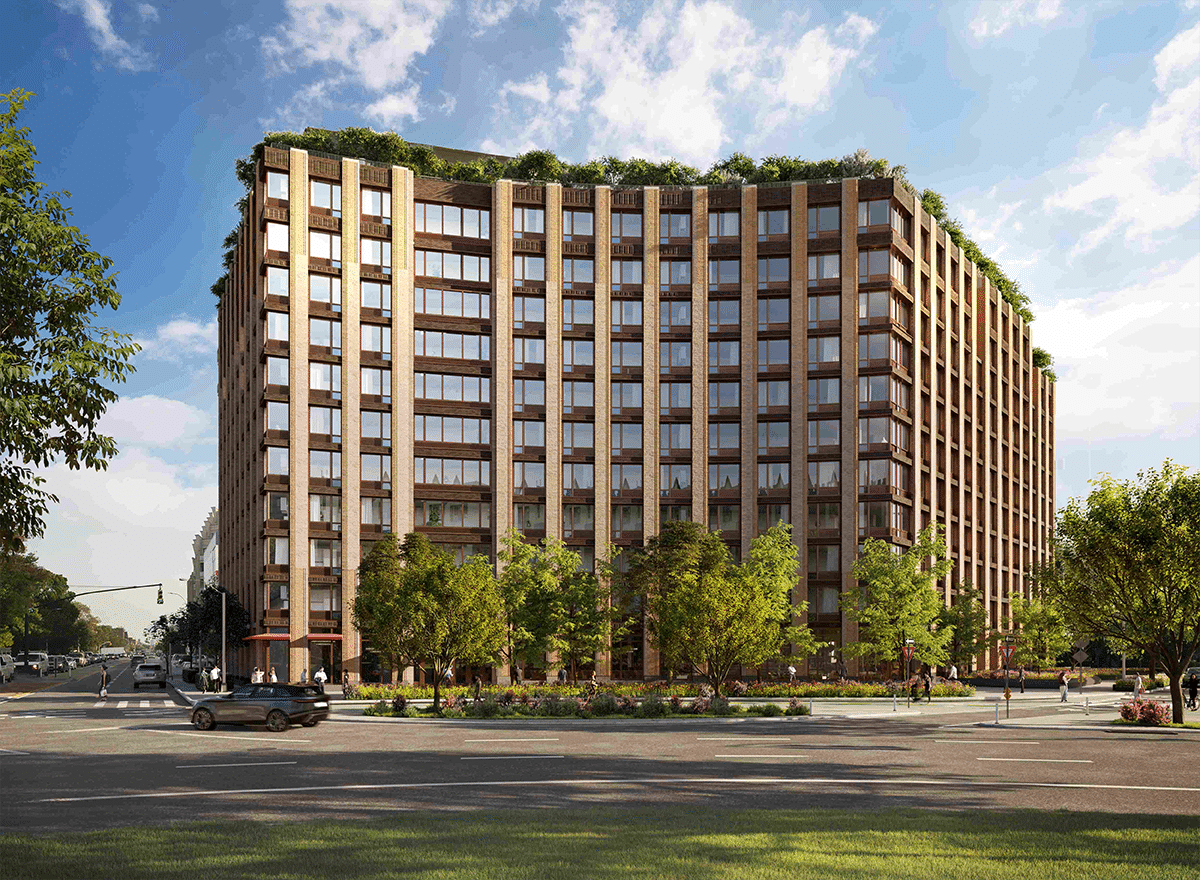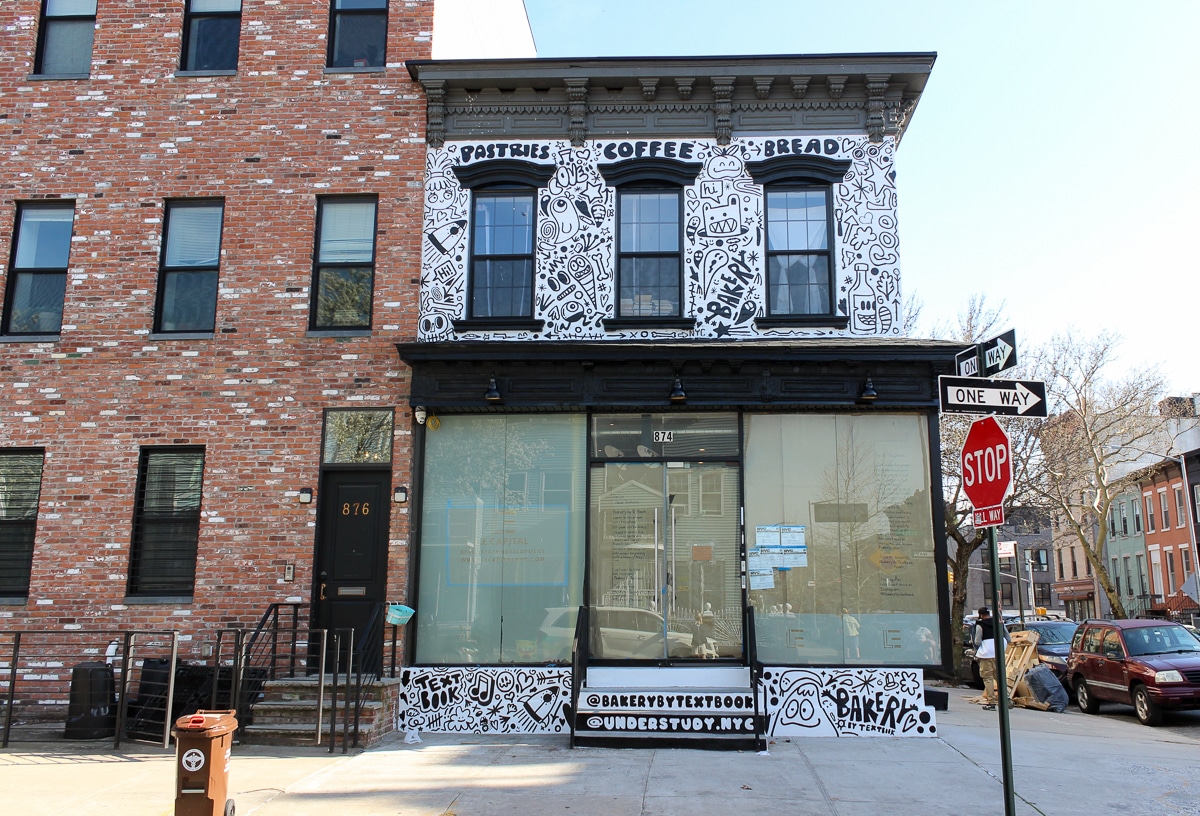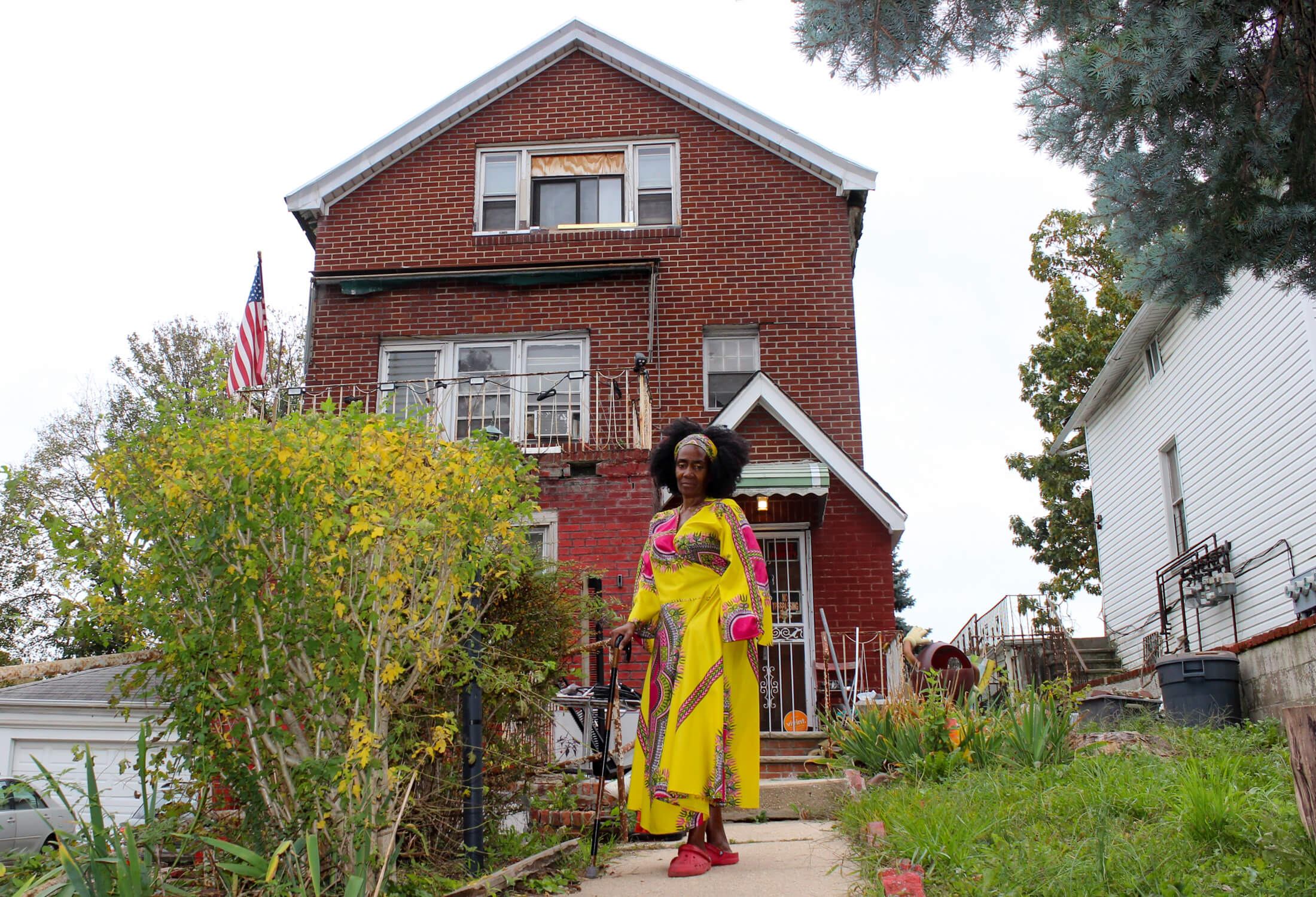Walkabout: “The Landlord of East New York,” Part 2
If you live in Brooklyn today, you know that the borough is sports crazy. Having a Brooklyn team means all kinds of city cred to many people, including some of the borough’s biggest and most well-known movers and shakers. That has been true not only recently with the Brooklyn Nets, but for the last century…

If you live in Brooklyn today, you know that the borough is sports crazy. Having a Brooklyn team means all kinds of city cred to many people, including some of the borough’s biggest and most well-known movers and shakers. That has been true not only recently with the Brooklyn Nets, but for the last century and a half with the Brooklyn Dodgers and, before them, the earliest of Brooklyn’s sports teams. Brooklyn baseball started in the 1850s. The first league club convention of early baseball teams had 16 participating clubs. Brooklyn sent eight of them. Brooklyn’s Eckford, Excelsior and Atlantic clubs dominated baseball for most of the 1860s, and Brooklyn led the way for establishing the first enclosed playing fields, and the first admission fees. But up until the 1870s, baseball was still balancing between being an amateur and a professional sport.
But professionalism eventually won out, especially when it was possible for teams and their owners to actually make money having fun like this, and professional baseball was born. I’m glossing over a lot of history here, because this story is not really about the history of baseball, it’s about the history of one of Brooklyn’s league owners, Edward F. Linton. As we saw in Chapter One, Linton was a wealthy and powerful landowner in the 26th Ward, the new Brooklyn neighborhood called East New York. He actually owned half of it, and was a force in the community when it came to politics, land use, and anything that had to do with his domain. He also liked baseball and other sports, so when professional baseball emerged, it was a gift from heaven, because who is more popular and influential than the guy who owns a baseball team?
The Players’ National League of Professional Baseball Clubs (aka the Players League) was one of baseball’s first leagues. They only lasted one season, in 1890, but what a season it was. There were eight teams, and Brooklyn’s team was named the Brooklyn Limited, also known as the Brooklyn Ward’s Wonders, after John Montgomery Ward, the team’s manager. Ward was a former star player, and one of the organizers of the Brotherhood of Professional Ball Players, the first sports union. He was also one of the organizers of the Players League, a break-away from the National League, which was the first league to institute a profit sharing plan.
The team had several wealthy stockholders, and Edward F. Linton was the Vice President. He was also the owner of the land that the new stadium would be built on, a ballpark in, of course, the 26th Ward, East New York. The new ball field, sometimes referred to as “Brotherhood Park,” was officially named Eastern Park, and was located at the end of Eastern Parkway, now Pitkin Avenue, the LIRR stop at Vesta Avenue, now called Van Sideren Street, Sutter Avenue, and Powell Street. The entire space took up four city blocks.
The ballpark’s grandstand and clubhouse could seat 7,000 people and was designed by Walter Coutts, a well-known Brooklyn architect. It had two sets of club rooms built underneath the grandstand for the home and away team, and the stand itself had two tiers for spectators. There were also reserved seats and private boxes. A tall ornamental tower was built in the center, and there were platforms and ramps that led to the exits and public transportation. The ballpark had five entrances and exits for crowd control. There were outdoor bleachers, too, and the entire field could hold about 12,000 people. It cost over $24,000 to build, and was said to be the finest looking ballpark in the country. It was time to play ball.
Although Ward’s Wonders had a beautiful stadium, Eastern Park suffered from the curse of all stadiums far away from population centers – people from other parts of the city didn’t want to go way out there, and it was difficult to reach. Players also thought the outfield was too big. In 1890, Ward’s Wonders started out strong, and they ended the season in second place, with a 76-56 record. But 1890 was the beginning and end for the Players League. The owners and shareholders never trusted that the League would work, and didn’t really invest in making it work, so after a year, the league just dissolved.
In 1891, Edward Linton sued the League, and got an injunction to prevent his team from being folded back into the National League. In interviews with the local newspapers, he spoke about the honor of his team, the men, the fans, the people of East New York, but some reporters wondered if the injunction and lawsuit was more about Linton’s investment of money, and his subsequent loss of prestige and power. That’s what some of the stockholders thought as well, opining that Linton just wanted to be able to recoup his money before the League was no more.
After a month, a compromise was reached and Linton withdrew his suit and the injunction. He got back $9,000, the amount he had invested in the League. The National League team, called the Brooklyn Bridegrooms, would accept Ward’s Wonders as players, if they chose to play there, and Eastern Park would be the new ballpark for Charles Byrne’s Bridegrooms until at least 1987. The team had been playing at Washington Park, in Gowanus. Byrne never liked Eastern Park, and said that he “did not purpose to desert so good and popular a ground as Washington Park for the furtherance of other people’s real estate schemes.”
But, that’s what he had to work with, and so he did, changing the location of the bases, moving home plate, and taking half of the bleachers from Washington Park over to Eastern, and installing them there. He also put in a ladies’ room and a press box. The streets of East New York near the stadium were full of trolley car lines, which caused people to run and go around the traffic, and the team started to be called the “Brooklyn Trolley Dodgers,” a much better name than the “Bridegrooms.” The naysayers in management never liked the location, and the stadium continued to lose money. After six lackluster years there, the new owner, Charlie Ebbets, moved his team back to a new and improved Washington Field. By the time he built his new ballpark in Crown Heights, the Dodgers had been long gone from East New York.
Edward Linton’s investment in Eastern Park underwent another disaster as well. Baseball wasn’t generating enough revenue by itself for the park, so they rented it out for other team sports, including cycling, track and field, and even golf. Football was played here, by Brooklyn private clubs such as the Crescent Athletic Club, which eventually got its own field, and college teams. When the ballpark was still new, in 1890, the field was rented out for the Princeton-Yale football game, which took place on Thanksgiving Day. It was a very popular venue, and demand and ticket prices soon skyrocketed, with ticket scalping galore. The park held 12,000 people, and temporary bleachers were erected, plus another 18,000 people were let in for standing room.
That seems hard to believe, but those are the numbers in the papers. As game day approached, the Eagle announced that this would be the greatest football game of the season. A few days before the game, the headlines read that there would not be enough seats available. The game would be nothing but a statistic to later Princeton and Yale groupies (Yale creamed Princeton, 32-0) but one of the temporary stands collapsed under the excess weight and injured over fifty people. Walter Coutts, the architect of the ballpark, had been in charge of designing the bleachers, and Edward Linton’s brother, George, was in charge of overseeing their construction. Linton’s company, the Ridgewood Land and Improvement Company, which owned the park, was in deep trouble, with lawsuits threatening to come in left and right.
But it turned out that Coutts’ bleachers were not the ones that collapsed. The collapse happened in a set of bleachers sent in from Philadelphia to seat those who had been let in for free. Over 1,800 people jammed into the free seats, and stood in the seats and in the aisles, making it impossible to move, and also overloading the seats beyond their capacity to hold up. It was a cold day, and spectators were also hopping back and forth from leg to leg trying to keep warm. The vibrations loosened the pegs and screws holding the bleachers together, and when the supports were gone, the whole thing just fell apart.
All of the spectators in the free seats were young college aged men, as well as some young women, and the paper noted that in spite of the disaster, no woman was hurt, as their male companions were able to rescue them from being trampled, the cause of most of the injuries. The injured suffered broken bones, lacerations and bruises, along with a couple of severe cases of internal injuries. The college students, some of whom, the paper noted, had probably never lifted a board in their lives, took the bleachers apart and stacked the wood, and after the ambulances left, watched the rest of the game. Still, I’m sure the company paid out some hefty settlements.
After the Bridegrooms left the park for good in 1898, the Ridgewood Land and Improvement Company put the park up for sale. It was nothing but trouble. The ad read, “no more desirable plot can be found in Kings County.” Apparently not. The new owners tore down the grandstand, and ran the cross streets back through the site, and sporadic development of an industrial and commercial nature took over the old ballpark. By the end of the 20th century, it was an urban dump. A sad end for the history of baseball, and for Edward Linton’s grand dreams.
Next time, Edward Linton’s dreams and plans for his beloved 26th Ward grow. His business grows as well, and he goes into the banking business. Everyone should have their own bank. But it helps to have stable banking partners. Our story continues…
(Photo: Eastern Park, Opening Day, 1890. Wikimedia Commons)











What's Your Take? Leave a Comment